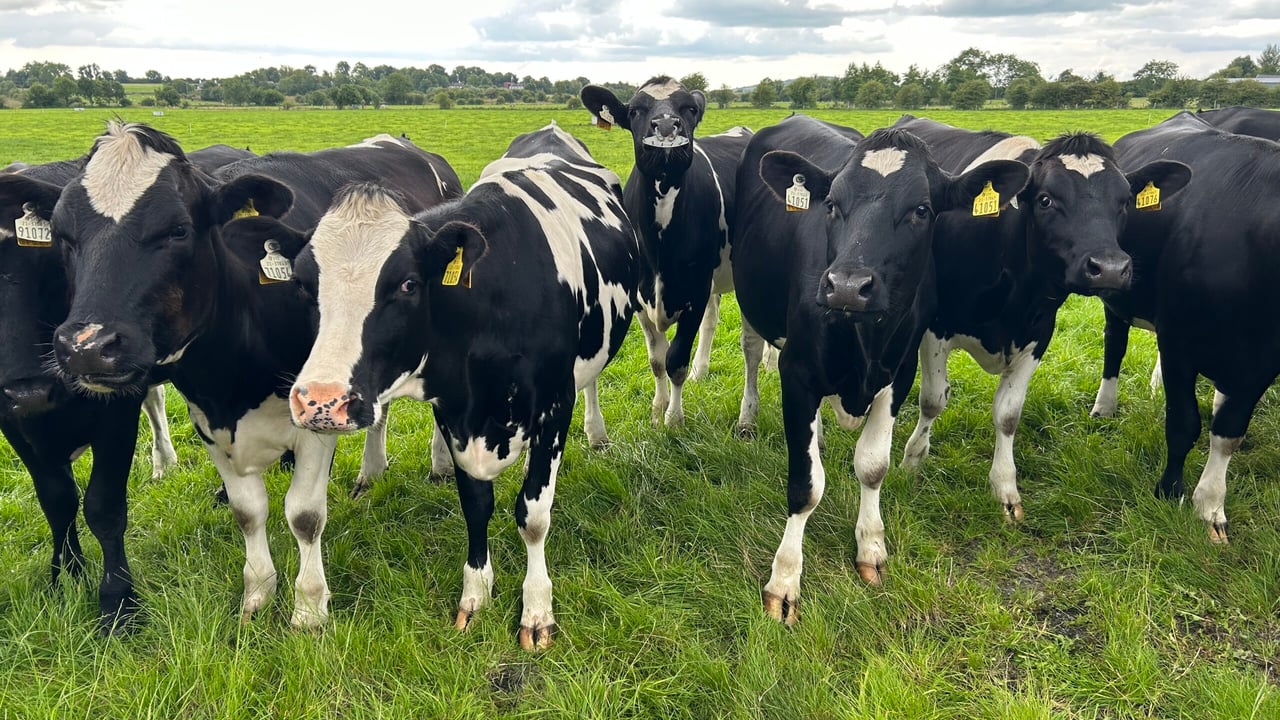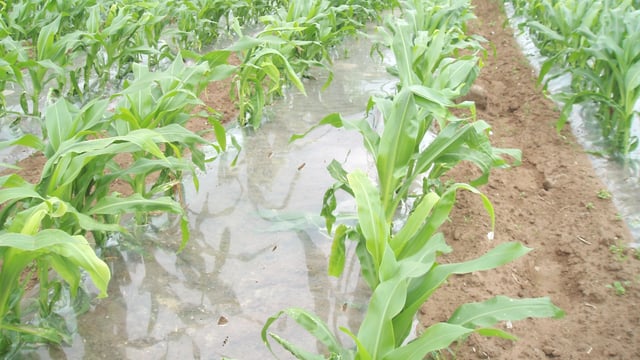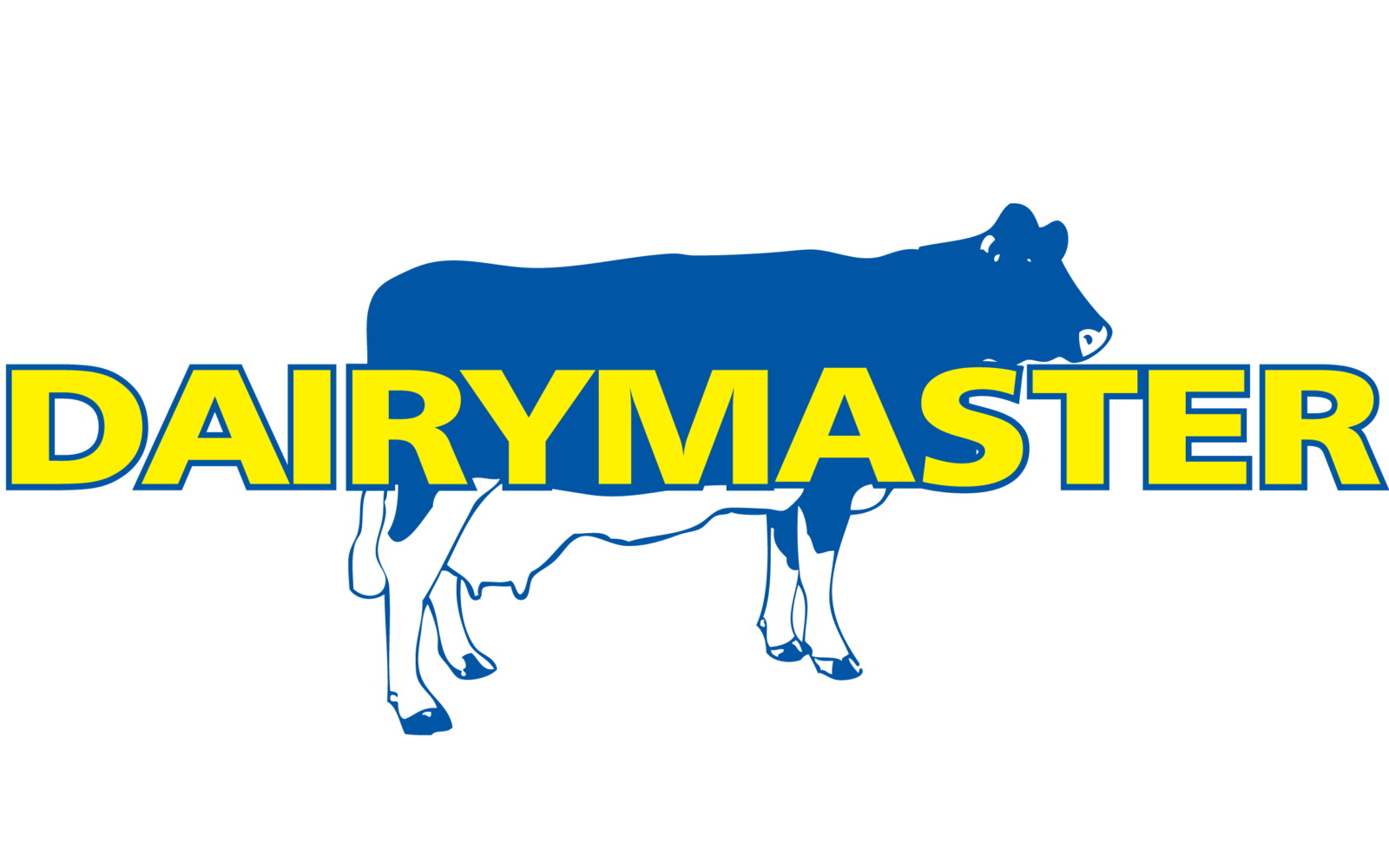'Deep concern' voiced over dairy replacement stock issues
"Deep concerns" have been voiced over current dairy replacement stock trends which could signal major issues for dairy herds in two years time, according to the Irish Farmer Association's (IFA) dairy chair.
Martin McElearney today (Wednesday, May 14) warned that if these trends remain the same throughout 2025 then it could result in "a significant collapse of the dairy herds in two years’ time".
The Irish Cattle Breeding Federation (ICBF) produced stark figures recently that highlighted a major decline in dairy female calf registrations.
This ICBF figures would suggest that not only are heifer calves and first calved heifers going to be in short supply in a couple of years, but that market and demand for heifers is likely going to accelerate upwards.
Farmers are unlikely to be surprised by this data because there have has been little to no surplus heifers bred for the last number of years.
ICBF statistics for the first four months of 2025 show that there were about 45,000 fewer dairy replacement calves born, compared with the same period in 2024 and 60,000 fewer than 2023.
McElearney said: The number of dairy replacements born this year will be nowhere near sufficient to sustain the Irish dairy herd at current levels, particularly when the number of dairy stock being lost to bovine TB is accounted for.
"We are now in the middle of peak breeding season. It is vital that farmers consider using more dairy AI (both sexed and conventional) this year to ensure that they are breeding enough replacements for their herds".
The ICBF has also encouraged farmers to consider the use of sexed semen and has advised farmers to follow these key recommendations to maximise results:
- Use a minimum of two high-EBI sexed semen straws for each replacement female required;
- Prioritise insemination during the first three weeks of the breeding season to increase the chances of success;
- Target the most suitable animals, including maiden heifers, younger cows (in their 1st to 4th lactation), and those that calved early (January/February);
- Ensure optimal timing for AI—ideally between 14 to 20 hours after the onset of standing heat.





